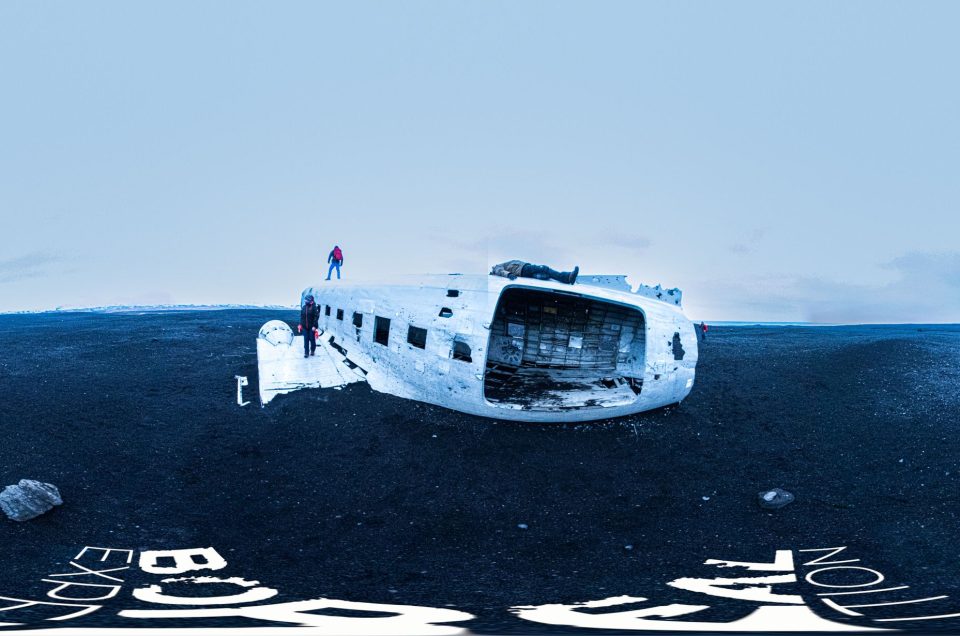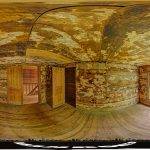Exploring the Forgotten Legacy of Tilbury Fort
Immerse yourself in a thrilling journey of discovery right from the comfort of your own home, as we invite urban explorers to embark on a captivating 360-degree virtual tour of the illustrious Tilbury Fort, nestled in the heart of Tilbury, United Kingdom. Thanks to the remarkable collection of images available on Google Maps Street View, this experience allows you to delve into the rich tapestry of history that envelops every nook and cranny of this storied location. We encourage you to savor each moment, leisurely navigating through the labyrinthine passages and expansive grounds of the fort. As you traverse virtually, each twist and turn reveals layers of historical intrigue, promising an enthralling journey through time for every urban explorer.
Image by: Bart Nutton
Image by: Bart Nutton
Image by: Bart Nutton
Image by: Bart Nutton
Image by: Bart Nutton
Image by: Ivan Lederer
Nestled on the north bank of the River Thames, the historical Tilbury Fort in Tilbury, United Kingdom, stands as a silent sentinel to England’s past. This blog post journeys through the fort’s creation, its significance in British history, its gradual abandonment, and contemplates its future.
The Birth of a Fortification: Tudor Times
The origins of Tilbury Fort trace back to the reign of Henry VIII, during a period of international tension in the 1530s. It started as West Tilbury blockhouse, part of a national program of fortification to protect London and key naval dockyards from potential enemy invasion via the Thames. Constructed alongside other blockhouses, West Tilbury was strategically placed to guard an important ferry crossing and was equipped with heavy artillery and a peacetime garrison, ready to be reinforced in times of war.
The Armada and Elizabethan Renaissance
The fort gained prominence in 1588 during the Anglo-Spanish War, when the infamous Spanish Armada threatened England. Emergency improvements were made to the fortifications, and it was during this time that Queen Elizabeth I made her historic visit, delivering the iconic speech to rally her troops. The fort’s defenses were enhanced by Italian engineer Federigo Giambelli, preparing it for a potential landward attack.
The Transformation Under Charles II
After a period of neglect, the fort underwent significant redesign in the 17th century, under the direction of King Charles II. Following the Dutch fleet’s attack on the Thames in 1667, Sir Bernard de Gomme was commissioned to develop Tilbury Fort’s defenses further. The result was a star-shaped fort with angular bastions, two moats, and sophisticated artillery defenses, transforming it into one of Britain’s most formidable military sites.
The 18th–19th Centuries: A Symbol of Might
By the 18th century, Tilbury Fort had become one of the most powerful forts in Britain, equipped with a substantial artillery presence. However, as time progressed, the strategic importance of the fort diminished. The fort remained garrisoned until the end of World War I, but its defenses were never directly tested by an enemy.
The Abandonment and Decay
The dawn of the 20th century marked the beginning of the end for Tilbury Fort as a military installation. Advances in military technology and changes in warfare strategy rendered its design obsolete. The fort was eventually decommissioned, leaving it to the forces of nature and time.
The Fort Today and Its Future
Today, Tilbury Fort is a testament to centuries of military engineering and strategy. Managed by English Heritage, it offers a unique glimpse into England’s military past. Its future lies in conservation and education, serving as a historic site for visitors interested in exploring England’s rich history and as a subject for urban explorers and history enthusiasts.
Conclusion
Tilbury Fort, with its intricate history and architectural grandeur, stands as a monument to England’s past military prowess and as a captivating subject for those fascinated by abandoned historical sites. As it quietly overlooks the Thames, its walls hold stories of power, resilience, and change, awaiting discovery by each new visitor.
If you liked this post, you might be interested in reading about the Redsand Fort in the United Kingdom, the Fort Jackson in Louisiana, or the New Barracks at Westerplatte in Poland.

a 360-degree panoramic image inside the Tilbury Fort in Tilbury, United Kingdom. Image by: Bart Nutton
Do you have 360-degree panoramic images captured in an abandoned location? Send your images to Abandonedin360@gmail.com. If you choose to go out and do some urban exploring in your town, here are some safety tips before you head out on your Urbex adventure.
Unlock the secrets of exploration by diving into precise GPS data available exclusively for an array of hidden gems and hundreds of other captivating sites, all within our members’ section. By investing in a Gold Membership, you’re not just gaining access; you’re securing a key to a vast, global archive of abandoned, untouched, and mysterious locations waiting to be discovered. Embark on your adventure with confidence, knowing every corner of the world can be within your reach. Don’t just observe—explore, discover, and claim the extraordinary journey that lies ahead with our treasure trove of world secrets. Subscribe now and transform the way you see the world!
Equipment used to capture the 360-degree panoramic images:
- Canon DSLR camera
- Canon 8-15mm fisheye
- Manfrotto tripod
- Custom rotating tripod head
If you want to start shooting 360-degree panoramic images, you might want to look onto one-click 360-degree action cameras.
Click on a state below and explore the top abandoned places for urban exploring in that state.






